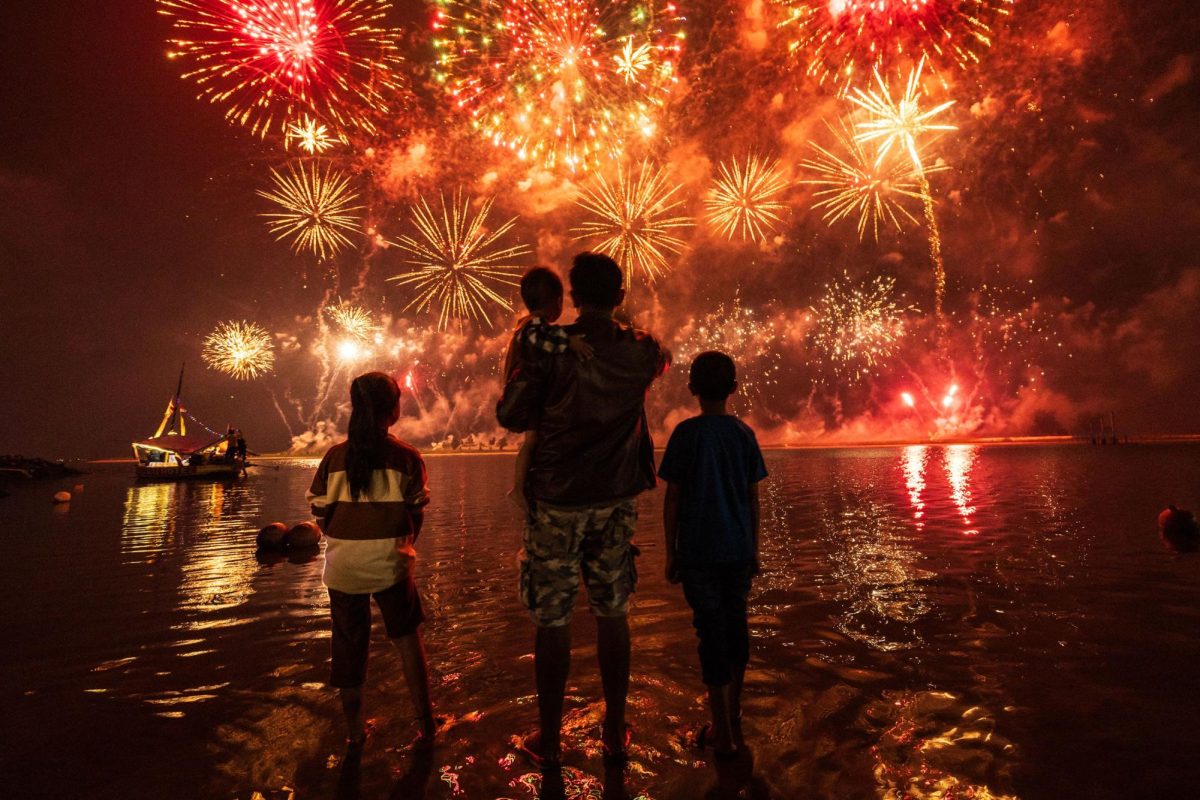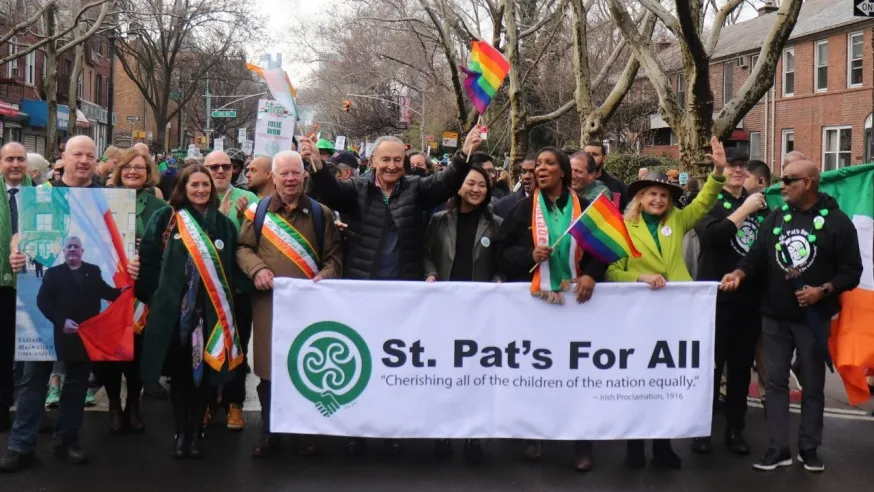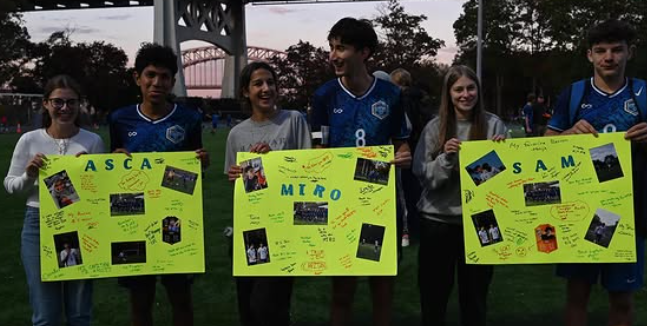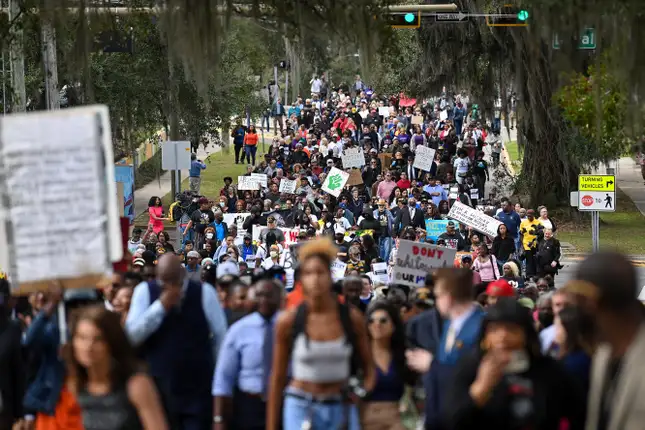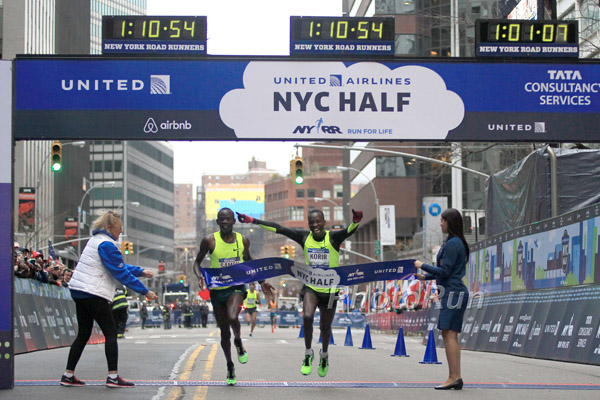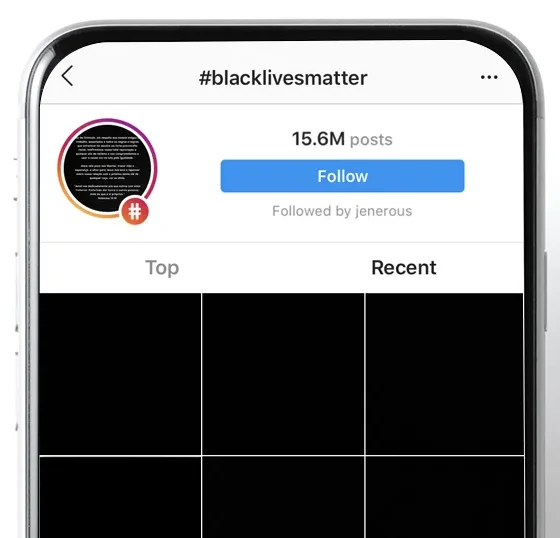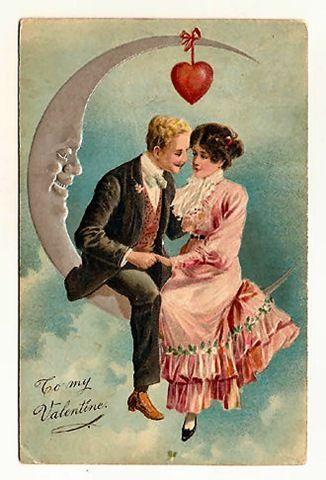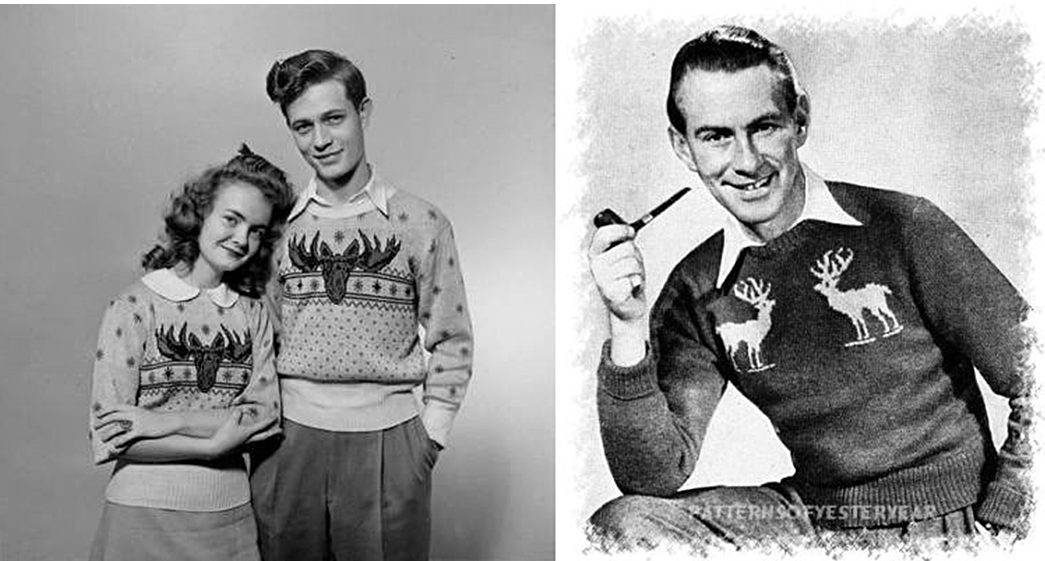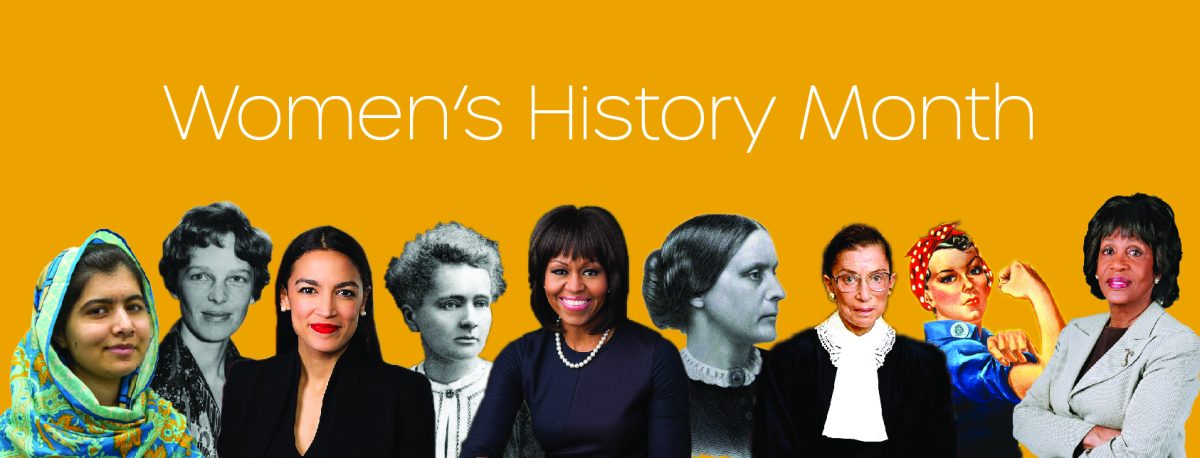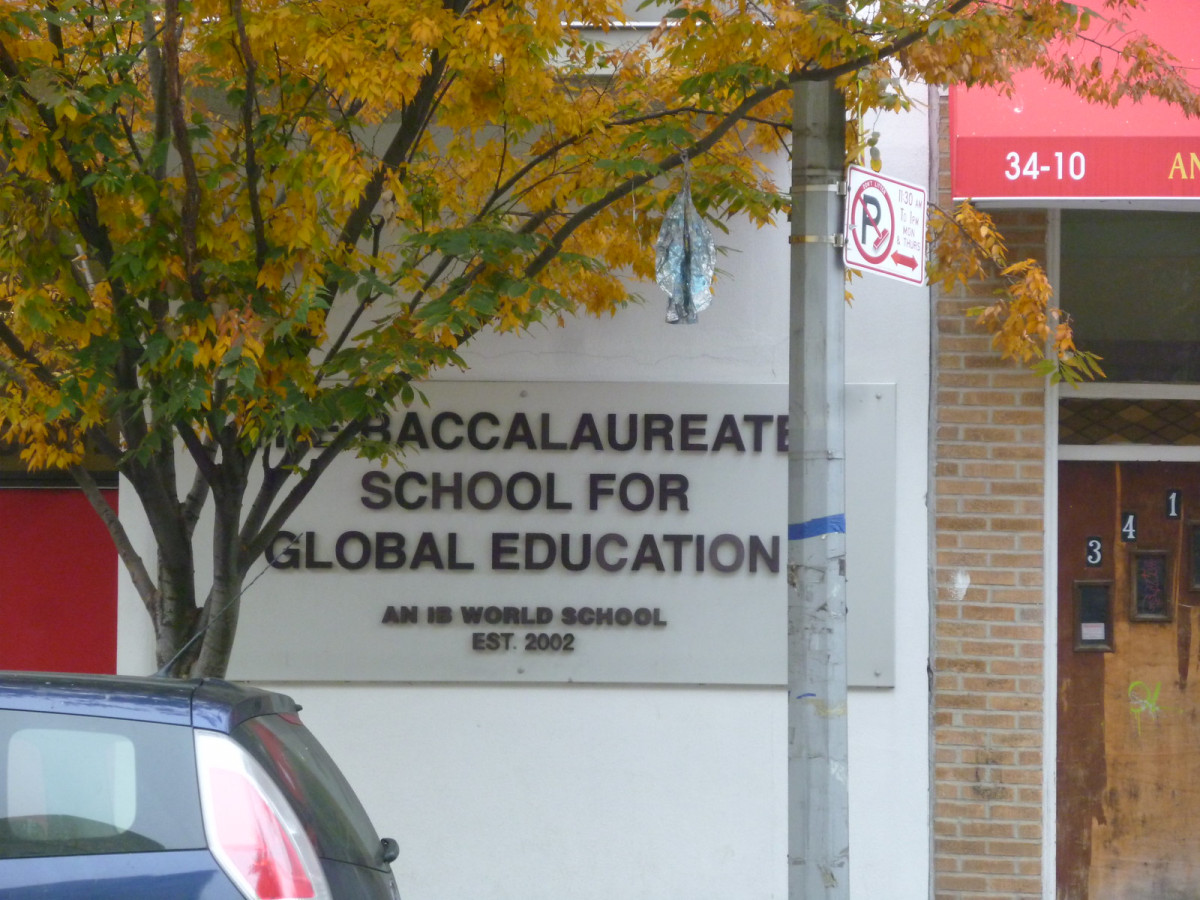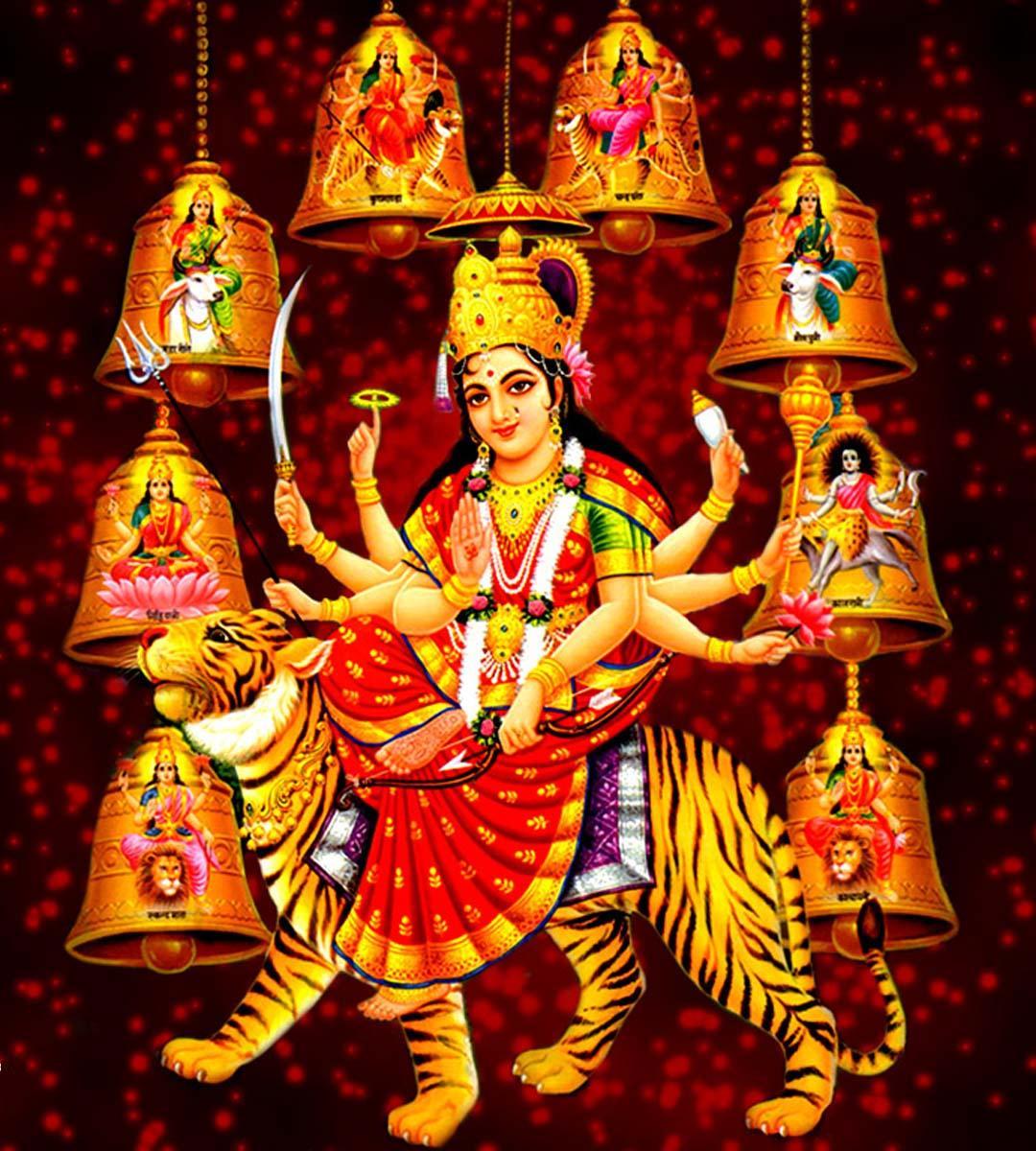This month is the traditional holiday, Navaratri, which is celebrated amongst Hindus.
Navaratri is an annual Hindu festival which celebrates the Hindu Goddess Durga’s battle with a demon known as Mahishasura, and it is the reign of good over evil. It is a holiday which is celebrated for nine to ten days.
On top of this duration of days, Hindus should fast, depending on the culture; the fast typically contains no meat nor eggs, usually eating no eggs either, but some Hindus also choose to abstain from garlic and onions.
The reasoning behind celebrating this duration of days is because the fight between Durga and Mahishasura lasted nine days, in which Durga changed into nine separate forms during the battle. This is also why we fast for nine days, as Durga did not eat nor drink anything during her fight for good over evil. Typically, fasting is a sign of good luck in the culture, during these days because it ‘purifies’ the soul and mind.
There are many distinctions between how everybody oversees it, some of which are Hindus in India, Bangladesh and Nepal. Everything to how they celebrate it, and even call it is different, making the holiday a unique one amongst Hindus.
Indian Hindus call the holiday “Navaratri” or “Dussehra/Dashami,” depending on the region you’re from, and typically, it runs for nine days. This is the festival’s namesake, as “Navaratri” directly translates to “nine nights.” Many Indian people celebrate these nine nights differently, like one Indian student at BSGE, who says that she and her family do “garba” every night consecutively, correlating to the auspicious days at the temple.
Garba, is a traditional Gujarati dance which is used with dandiya sticks, although people all over India typically come together and do it. It is not constrained to just Indians however, some Bangladeshi people also do garba together at the temple.
Many Bangladeshi Hindus celebrate Navaratri, which they typically call “Durga Puja” or just “Navaratri” as well, although some also call it “Dashami.” Like one Bengali student at BSGE says, her and her family celebrate it for all nine days at the temple and she worships the Goddess for these days as well.
On the other hand, Nepalese Hindus celebrate the holiday unlike any other Hindus. It is called “Dashain” almost exclusively throughout the region. Instead of nine days, Nepali’s celebrate for ten, with the tenth day being when Durga finally beat the demon. On this tenth day, Hindus all over Nepal prepare a paste of rice and red food coloring known as ‘tika’ with barley seeds known as jamara. Elders apply these to the youth, and give them money.
Nine to ten days of this holiday is demanding and busy, having to fast and pray, whilst doing homework and tests/quizzes in a school as challenging as BSGE. Much like Diwale, which is now a federal holiday, many BSGE Hindu students believe that at least the last few days of Navaratri should also be a federal holiday; as one student in BSGE states, “both holidays are equally important to [our] religion, and should have a federal holiday as such.”


